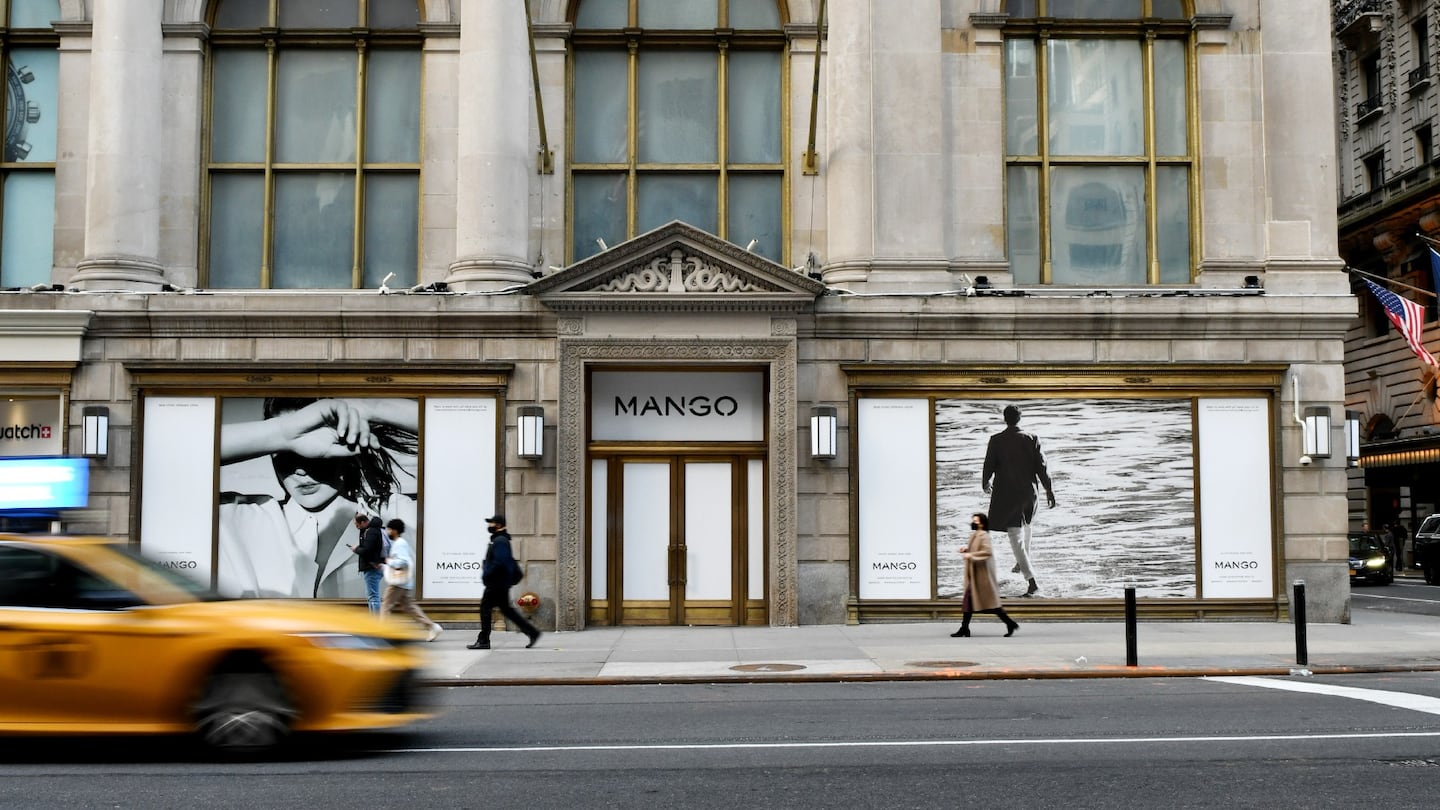
The Business of Fashion
Agenda-setting intelligence, analysis and advice for the global fashion community.

Agenda-setting intelligence, analysis and advice for the global fashion community.

Mango is much more of an online brand than it was before the pandemic. Digital sales made up 42 percent of €2.2 billion ($2.5 billion) in total sales last year, nearly double the pre-Covid figure.
But the company sees brick-and-mortar as more critical than ever. The fast-fashion retailer, one of Europe’s biggest, plans to operate about 40 US stores by the end of 2024, part of a global expansion that includes Europe and India. Last year, the company operated 2,447 stores worldwide, up about 10 percent from 2020. Currently in the US, Mango has six locations.
After two years of explosive e-commerce growth, a number brands and retailers are now investing again in their physical footprints. So far this year, 3,882 new stores are on track to open in the US, already higher than last year, according to Coresight Research.
By offering a number of different touchpoints, from online to offline to wholesale partners, Mango is keeping its customers close to the brand, said chief executive Toni Ruiz.
ADVERTISEMENT
“The role of the store will evolve, we are sure about that — sometimes it’s more logistics, sometimes it’s more [about] experiences,” Ruiz told BoF. “But we are convinced human contact is very important.”
Mango’s retail expansion in the US will begin with a new 2,100-square-foot flagship store in New York, on Fifth Avenue. The location will open its doors in May. Next up, the retailer is eyeing Florida, reaching cities such as Miami, Orlando, Jacksonville and Boca Raton. And after that, the West: Texas, Arizona, Nevada and finally California. By 2024, Mango will have 40 new stores in the US, with the goal of the US being a top-five market for the retailer; it’s currently a top 10 market, the company said.
This year, Mango is also planning to open 10 new stores in India and 20 in France. A number of these new locations will feature a new Mediterranean-inspired store concept, featuring warm tones inside the store and highlighting natural materials such as wood, ceramic and leather.
Mango’s stores will also enable a more seamless online-offline shopping experience, such as click-and-collect and being able to order e-commerce products as part of the brick-and-mortar shopping journey. Improving data collection on customer behaviour, too, will better enable Mango to offer personalised service to shoppers, Ruiz said.
Providing an exceptional in-store experience is more important than ever. Retail traffic has recovered, but consumer expectations have shifted and heightened in the past two years. Shoppers today expect the convenience and effortlessness of shopping online in an in-store experience.
“At the end of the day, we’re focusing on serving the client,” Ruiz said. “It’s not a question of which channel we want to serve you.”
Online sales growth is slowing, returning to its pre-pandemic trajectory. As shoppers head back into the store, their new expectations around service set the stage for the next chapter of retail.
As the Omicron variant sweeps across the world, retailers are reckoning with an inescapable reality: Covid-19 is here to stay. BoF outlines the fundamental facts that should inform the industry’s next moves.
Retailers are opening new locations at their fastest pace in years as shoppers visit stores again in numbers rivaling 2019 levels.

Cathaleen Chen is Retail Correspondent at The Business of Fashion. She is based in New York and drives BoF’s coverage of the retail and direct-to-consumer sectors.
As the German sportswear giant taps surging demand for its Samba and Gazelle sneakers, it’s also taking steps to spread its bets ahead of peak interest.
A profitable, multi-trillion dollar fashion industry populated with brands that generate minimal economic and environmental waste is within our reach, argues Lawrence Lenihan.
RFID technology has made self-checkout far more efficient than traditional scanning kiosks at retailers like Zara and Uniqlo, but the industry at large hesitates to fully embrace the innovation over concerns of theft and customer engagement.
The company has continued to struggle with growing “at scale” and issued a warning in February that revenue may not start increasing again until the fourth quarter.